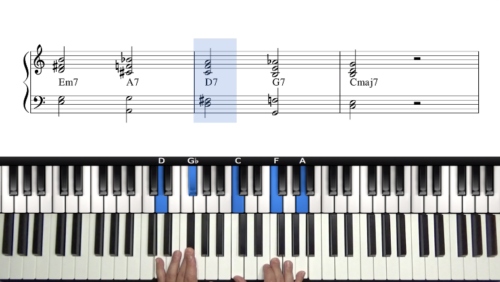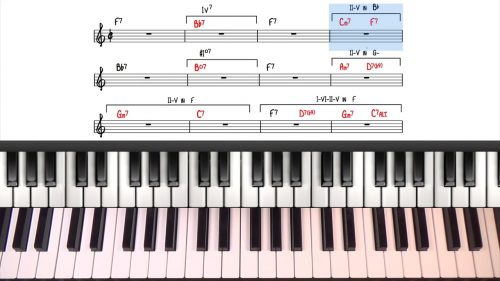Introduction To The Chicago Blues
In this course we’re going to focus around a post-war Chicago Blues style that applies to many other styles of blues and improvised music.
The Form & Structure Of The Blues
On the one hand, the blues is a very specific form. We can identify a specific chord structure; usually based on a basic 12 bar form which utilises 3 chords and expresses deep feeling in a very rhythmic way.
On the other hand, there isn’t a stylistic hard line for the category “blues”. There are infinite variations.
There are many other styles of music that incorporate the blues, and the blues incorporates many other styles as well.
The blues has a strong presence in other styles of music: jazz, rock, rhythm and blues, country, folk. At the same times, blues artists will include elements of those other styles in blues.
The Origin Of The Blues
The form we recognise as blues today developed in the late 19th and early 20th century in the American south.
It has roots in the music brought from Africa by slaves. Field hollers and work songs sung by workers in the agricultural south, provided a rhythm for doing monotonous, arduous work in the fields, as well as adding an emotional outlet for that life.
They were part of the music of the late 1800’s that eventually evolved into blues, spirituals, jazz, rhythm and blues, and most forms of African- American music.
Lesson Downloads
-
12 Bar Blues Variations File Type: pdf
Practice Tips
-
For this course, we’re going to narrow our focus to a Chicago blues style.
-
This will allow us to focus on a core set of techniques that can be expanded and used in many different genres of music.
-
Listen to as much blues as you can, different players, different styles.
-
When you find a blues song that really speaks to you, spend some time with it, sing along with it, develop your ear by trying to find the melody and/or chords on your piano.
-
First, find the key it’s in. Listen for what the bass is doing, search around on the keyboard until you find the root note that matches.
-
Once you have that, figure out the chords. It will likely be the 12 bar 1-4-5 structure that we explore in lesson 2.
-
Listen and play. listen and play.







